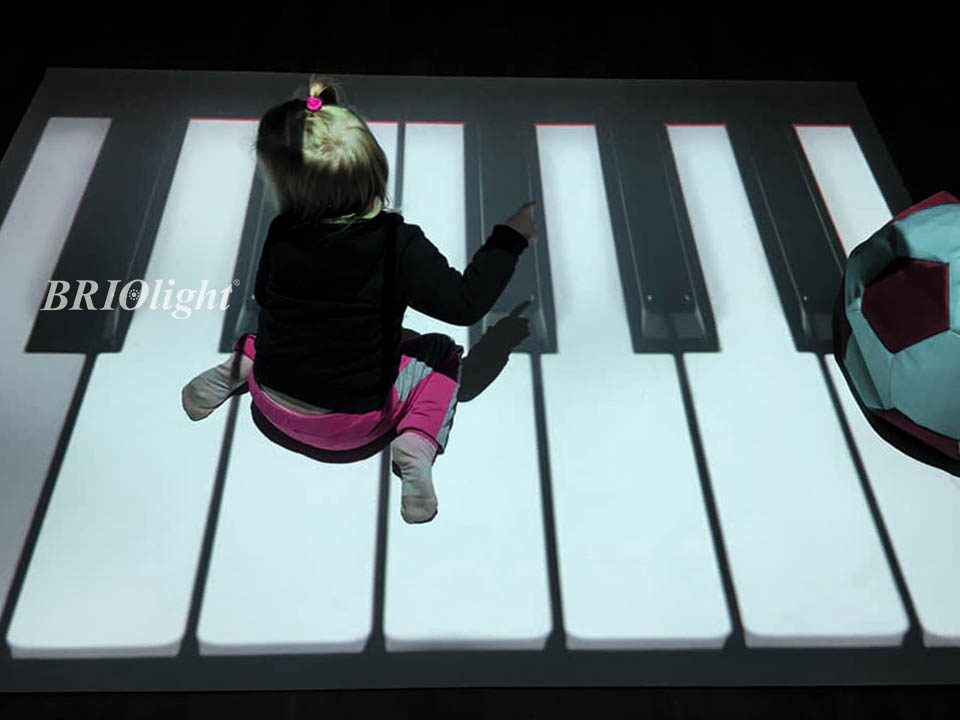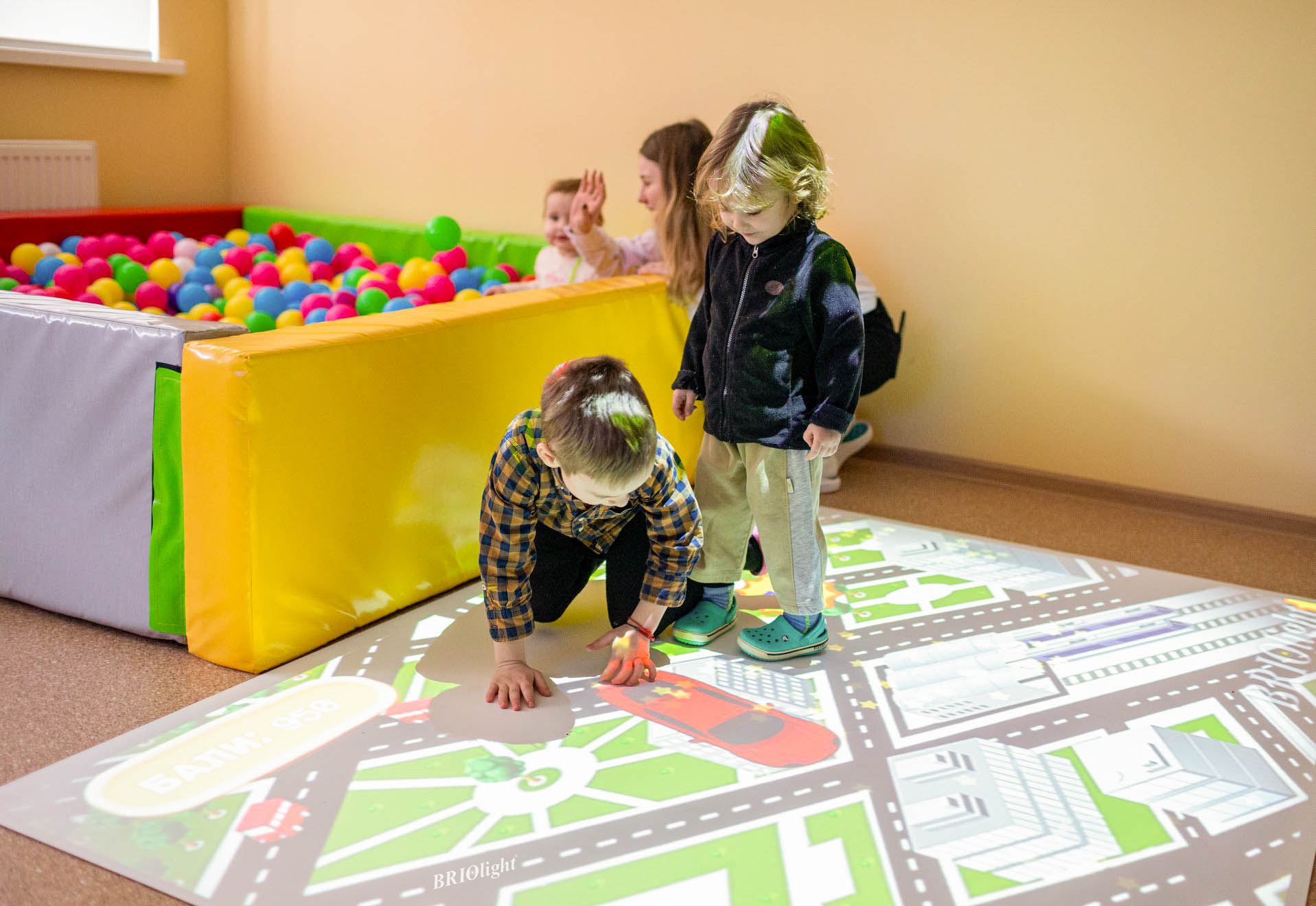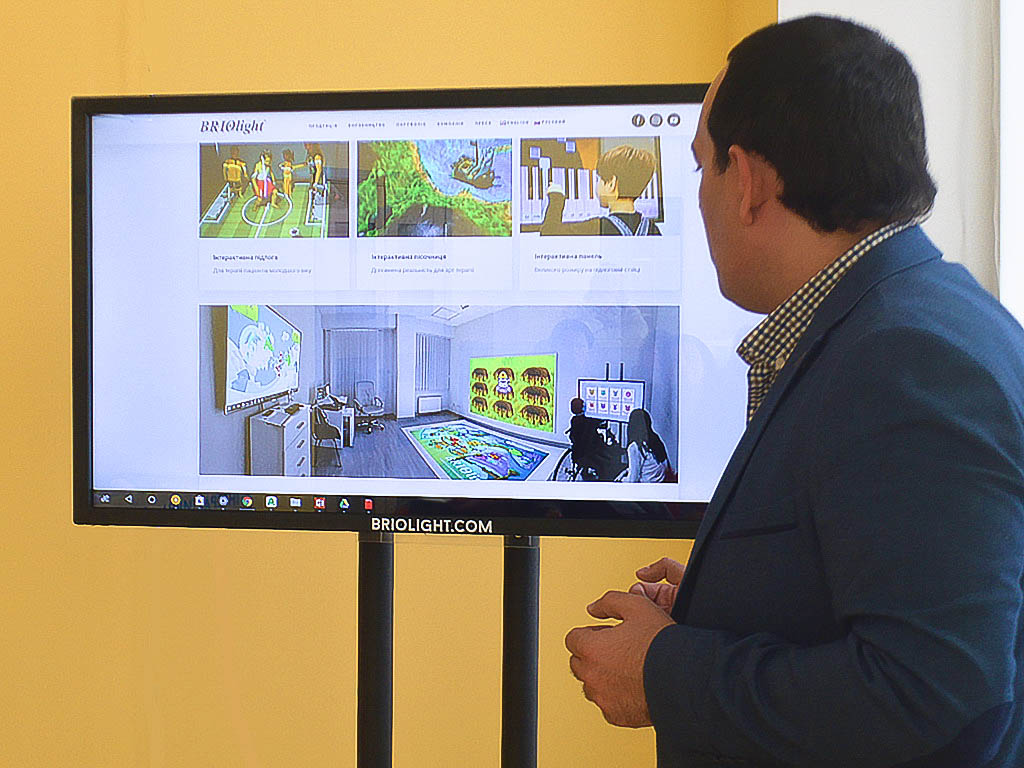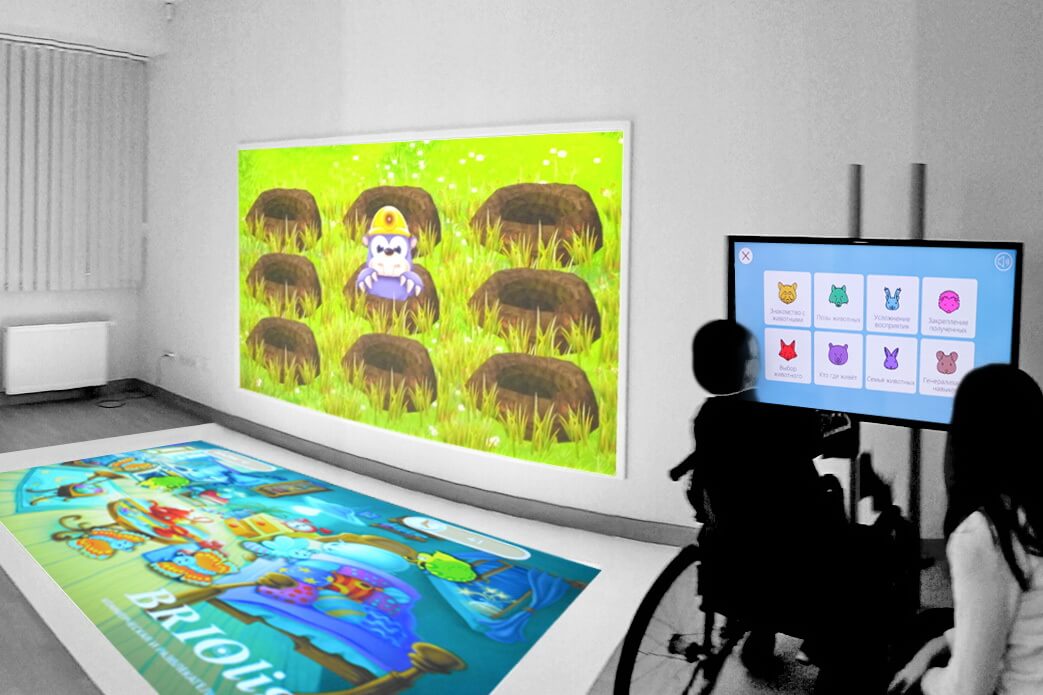Sensory room

Maria Montessori is the founder of the parenting system, which is based on the development of tactile sensitivity in working with children with disabilities. Later, this system developed into the Montessori technique. Her main works were published before 1920, but even now these ideas are successfully applied not only for the development of children with OOP, but also for healthy children.
The Montessori method turned out to be very flexible, which allows it to be adapted to the needs of children individually, based on their capabilities. This is what made her so popular.
During the creation of the technique, Maria also first introduced the term “sensory room”. By this concept, a doctor meant a specially equipped room, saturated with didactic material for working with children. Such rooms began to be actively used to stimulate visual, auditory, visual and tactile sensations.
What is a sensory room and what does it consist of?
A sensory room is an organized room where, with the help of special equipment, didactic material and additional subjects, teachers act on the sensory organs of a child (or an adult): hearing, sight, touch. Work in such a room is carried out by defectologists, speech therapists, physiotherapists, correctional teachers, psychologists, doctors, educators and some other specialists.
Each sensory room is unique and may include special items depending on who plans to work in it. Briolight’s sensory room necessarily includes a variety of interactive tools. The basic set of the Briolight interactive room includes:
- interactive living floor;
- augmented reality sandbox;
- multitouch display;
- touch table;
- interactive wall;
- gross motor development controller;
- fine motor development controller;
- touch speech therapy mirror with live image;
- developing sound and music research device SOUNDBEAM;
- multi-color room lighting system.
In addition, a touch the interactive room also includes additional equipment, which is discussed individually with each client and is adapted to the tasks of a particular institution. The individual complete set of the sensory room may include:
- soft wall and floor covering;
- ottomans, pillows and bean bags;
- rocking chair or hanging chair;
- dry pool with colored balls or soft cubes;
- safe wall mirrors;
- “Starry sky” projection device;
- Aromatherapy installation;
- music playback system;
- air-bubble columns;
- lava lamp;
- business boards;
- light aquarium;
- fiber-optic products (curtain, shower, beam);
- upholstered furniture;
- massage chairs, etc.
This is an incomplete list of what a Briolight sensory room can consist of. The list may also include renovations, painting the premises, lighting. The set depends on the area of the room, the purpose of using the sensor room, and also the budget.
Why is the sensory room useful?
Thanks to the sensory room, the mental, intellectual and emotional development of children can be stimulated. Thanks to the influence on the sensory systems of the child, you can achieve the following results:
- Relaxation and release of muscle and emotional tension.
- Correction of receptor sensitivity.
- Correction of mental states (reduction of aggression and anxiety).
- Correction of visual coordination.
- Stimulating physical activity.
- Development of intellectual capabilities.
- Development of creativity and imagination.
- Development of coordination and mindfulness.
Disorders that can be worked with in the Briolight sensory room:
- Disorders of the musculoskeletal system.
- Impaired intellectual development.
- Mental development disorders.
- Autism spectrum disorder.
- Visual impairment.
- Hearing impairment.
- Speech impairment.
Where is the sensory room used?
Such rooms for psycho-emotional relief Briolight are used in various children’s institutions. They help to put in order the emotional background, develop sensory perception and prepare the child for further correction or educational activities.
Kindergarten. Designed for the development of children, the formation of basic skills, to stimulate children with low motivation to learn. Classes in the sensory room are playful and aimed at increasing activity.
School. Designed to encourage children with autistic or psychomotor disorders to engage in the learning process. In addition, they are used for relaxation after or during the school day to keep motivated to learn.
Inclusive resource centers (as well as centers for correction and rehabilitation of children, hospitals). Designed to relax children with increased aggression, anxiety disorders, hyperactivity, for further correctional work. In addition, it is used for the rehabilitation of children with disorders of the musculoskeletal system, intellectual development and other disorders, which were described above.
Other. Recently, the use of sensory rooms in private companies is gaining popularity to relieve stress from employees and improve their performance. It helps to maintain a friendly atmosphere in the company, to form a positive life position, to reduce aggression and overwork.













